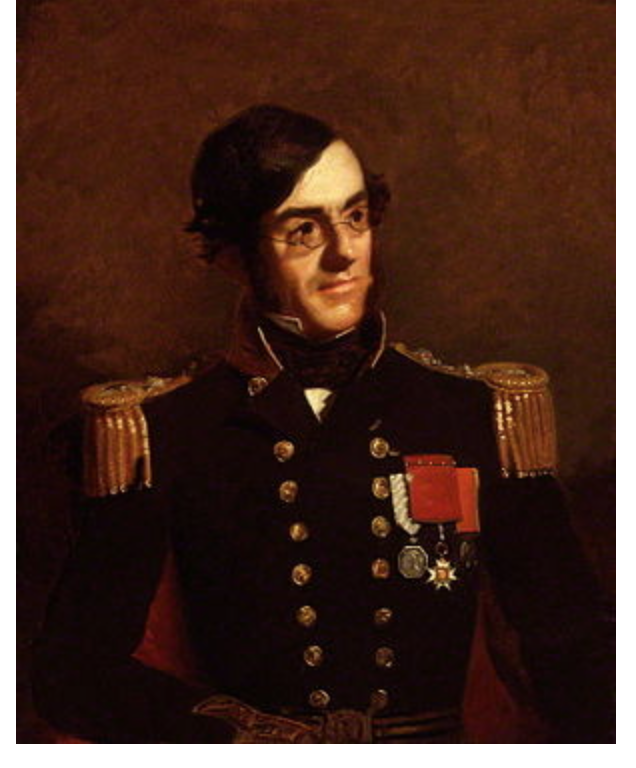
The World Lighthouse Hub
Admiral Sir Richard Collinson (1811-1883)

Richard Collinson was born in 1811 at Gateshead. In 1823, he entered the Royal Navy, later joining HMS Chanticleer on the British Naval Expedition, 1828-1831 (leader Henry Foster), engaged in survey work on the Atlantic coast of South America and the South Shetland Islands. On his return, Collinson was appointed to HMS Aetna, commanded by Edward Belcher, on a two-year surveying cruise off the west coast of Africa, later serving in the Mediterranean in two steamers under the command of Horatio Austin. Promoted lieutenant in March 1835, he participated in a surveying expedition to the west coast of America between 1835 and 1838, sailing in HMS Sulphur commanded first by Frederick William Beechey and later by Edward Belcher. On the outbreak of the First China War in 1840, Collinson was appointed surveying officer to the fleet, successfully surveying a number of rivers in China, notably the Yangtze, for which he was promoted commander in 1841 and captain in 1842. After the end of the war in 1842, he remained in China for a further four years, surveying the coast from Zhoushan to Hong Kong before returning to England in 1846 for an extended period of leave.
In December 1849, Collinson was offered the command of the British Naval Franklin Search Expedition, 1850-1855, setting out from London in HMS Enterprise, accompanied by HMS Investigator under Robert McClure, with instructions to search for Franklin's missing Northwest Passage expedition by way of Bering Strait. After the two vessels became separated on the outward voyage, Collinson proceeded to Point Barrow, Alaska, where Enterprise was prevented by ice from passing into the Beaufort Sea. Sailing south to winter in Hong Kong, Collinson returned north and entered Prince of Wales Strait in August 1851, hoping to sail through into Viscount Melville Sound but turning back after ice prevented any progress. He returned to the southern end of Prince of Wales Strait where he found a safe winter harbour in Walker Bay, Victoria Island. The following spring, Collinson led a sledge journey to the northern end of Prince of Wales Strait, exploring the north coast of Victoria Island as far as Wynniatt Bay before returning to the ship.
After Enterprise was released from the ice in August 1852, Collinson sailed south and east to explore Prince Albert Sound, which he discovered to be an enclosed inlet and not a strait as previously assumed. Continuing south and east, he later found a safe harbour in Cambridge Bay on the south coast of Victoria Island where the expedition wintered. In the spring of 1853, Collinson led a party of three sledges to search and explore along the east coast of Victoria Island where he found a note left by John Rae indicating that he had searched the same stretch of coast two years earlier. Forced to spend a third winter in the Arctic after bad weather impeded their progress on the return journey, the expedition eventually arrived in England in May 1855. Although McClure and his crew received the £10,000 reward for discovering a Northwest Passage through Prince of Wales Strait, Collinson was awarded the Founder's Medal of the Royal Geographical Society in 1858 for his achievements.
Collinson maintained an active interest in exploration, advising Lady Franklin on the preparation of the British Franklin Search Expedition, 1857-1859 (leader Francis Leopold McClintock), and serving as vice-president of the Royal Geographical Society between 1857 and 1875. In 1858, he was appointed younger brother of Trinity House, the establishment responsible for safe navigation around the coasts of Britain, later serving as elder brother from 1862 and deputy master from 1875. Collinson was promoted to the rank of admiral in 1875, the year in which he was knighted. He retired five months before his death on 13 September 1883 at Ealing.